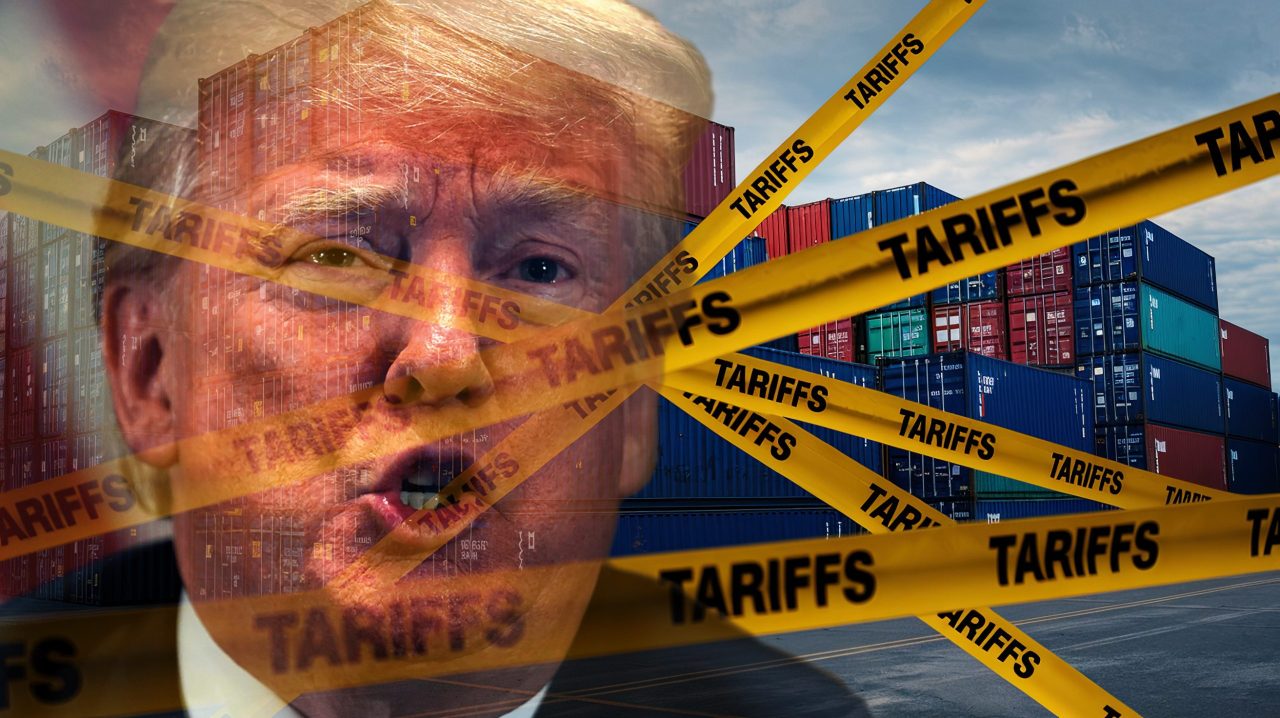Steering through Chaotic Markets

Editor’s note: We asked a group of leading Pittsburgh-area wealth managers to give their answers to two questions facing investors. Each expert answers one of the questions below.
Question 1: The Trump Administration’s often-chaotic tariff policies have caused a significant decline in U.S. stocks. Should investors lighten up on stocks in anticipation of more turmoil, or is it too late and they should just hold on?

Linda Duessel, Federated Hermes
These are times of uncertainty. And times of uncertainty — which can lead to spikes in market volatility — can play with investor emotions. This is when investors make the some of the worst decisions, when they’re emotional, making it likely that they will sell at market lows and lock in losses. They should keep their seatbelts fastened. The roller-coaster ride may not be over, and we think it’s highly likely, or at least possible, that the market retests its recent lows throughout the summer. Looking ahead, however, we believe the worst threats of the tariffs are likely behind us. Positive developments are coming, and we don’t see a recession on the horizon. Remember, going into the Trump Administration’s tariff war, corporate earnings, jobs and the overall economy were strong. The tariffs will be used as a negotiating tool to get trade concessions — it’s the “Art of the Deal.” In the end, I remind myself that President Trump is concerned about his legacy.
Joseph A. Scarpo, CAPTRUST
After gaining a cumulative return of more than 50 percent in 2023 and 2024, the S&P 500 was trading at an abnormally high valuation level. On Dec. 31, 2024, the S&P traded at nearly 30 times earnings. The historic median is 17.94 times earnings. A correction was due. The tariff policies have exacerbated the pullback Since 2000, the market has experienced 13 corrections, three of which turned into bear markets. Yet on Feb. 13, the markets once again hit an all-time high. Timing the market is a fool’s game. We buy stocks of sturdy companies at reasonable values. We then carefully watch those companies to remain confident in our decision to own them. A stock price decline does not turn a good company into a bad one. The key is to always invest in great companies.


Greg Curtis, Greycourt
Equity markets don’t like tariffs and they don’t like uncertainty, and the Trump Administration is big on both. Then, on “Liberation Day,” the already highly controversial tariffs turned out to be higher than most experts had expected and the markets tanked again. Since then, we’ve experienced almost daily volatility. Although most of the damage has likely already been done, it’s doubtful that positive markets will return until — and unless — the President believes that he has accomplished his objectives. My advice for long-term investors is to maintain current positioning and simply ride out the inevitable ups and downs that are, and will be, part and parcel of the way this Administration operates. But shorter-term investors might want to lighten up on stocks.
Beth Genter, Schenley Capital
We continue to recommend that our clients remain invested, as we maintain a long-term perspective on the market. Our diversified portfolios are specifically designed to withstand periods of volatility and market downturns. Our investment focus remains on large U.S. companies with strong cash flows and stable dividends, diversified across a wide range of industries. Over the past year, we have taken a more defensive stance by trimming exposure to the “Magnificent Seven” tech stocks and reallocating toward essential sectors such as healthcare, food production, and industrials. On the geopolitical front, it appears the Trump Administration’s overarching strategy is to bring countries to the negotiating table to establish fair trade agreements. However, the execution of this strategy has been inconsistent, and the lack of clarity continues to unsettle the markets. As a result, we are witnessing heightened volatility, particularly surrounding tariff discussions. Despite this uncertainty, we continue to identify opportunities during market swings, focusing on high-quality companies trading at attractive, discounted valuations.


Timothy Rice, Smithfield Trust Company
Every investor is unique—navigating tariff-driven volatility should be grounded in your specific goals, time horizon, and risk tolerance. Sudden policy shifts can rattle markets in the short term but staying calm and focused is key. Rather than reacting emotionally or trying to time the market, investors should focus on allocating to a globally diversified portfolio and maintaining “dry powder” to take advantage of dislocations or market extremes — both quantitative and qualitative.
Olu Omodunbi, Huntington National Bank
Given the trade and policy uncertainty in recent months, the case for diversification is greater now. In this environment, our equity team continues to focus on companies with consistent revenue, dependable dividend streams and more domestic supply chains. We expect moderate consumer spending growth in the U.S. economy this year as inflation, tariff policy uncertainty and a softer labor market weigh on economic activity. Consumer spending accounts for about two-thirds of the U.S. economy, and consumer balance sheets are in decent shape. Increased household wealth, low household debt burdens and a healthy labor market are all positives for U.S. consumers. We continue to expect an expansion of the U.S. economy through 2025 given decent consumer fundamentals. It is also worth noting that new trade policies combined with new fiscal and deregulation policies could have a net positive effect on the U.S. economy in the medium- to long-term.


Bill Winkeler, Confluence Financial Partners
Every sell-off historically has felt different for one reason or another and today is no different. The S&P 500 first entered a correction (-10% decline) in March 2025, the first such correction since October 2023. The next question on investor’s minds is “Will the correction turn into a bear market (-20%) drop”? The answer is, no one knows: since 1926, of the previous 59 corrections, 17 of them turned into a bear market. Investors can instead be best served by spending their time extending their time horizons, and staying invested in their portfolio. The wide fluctuations on an annual basis, no matter the catalyst, narrow over longer periods: from 1937 to 2024, the S&P 500 has had positive turns over 93 percent of all rolling 5-year periods. Investors should also note that historically large daily gains in the market typically happen around large declines — meaning investors can be hurt by time out of the market. Extending time horizons, staying invested, and aligning portfolios with objectives is a proper course of action today.
Jonathan Dane, Defiant Capital Group
Every time markets face turmoil, the media, analysts, and investors rush to explain why “this time is different.” While the specific reasons for market swings may vary, one truth remains consistent: investors who stay invested through downturns tend to outperform those who try to time their exit and re-entry. Simply put, time in the market beats timing the market. Throughout this year, we’ve consistently reminded clients of the importance of maintaining their investment strategy during volatile periods. In fact, we’ve recommended investors deploy excess cash into the market now, particularly in small-cap stocks, which have significantly underperformed. Downturns and bear markets have historically led to substantial periods of appreciation, even if investors didn’t perfectly time deploying money at the “bottom.” Notably, the S&P 500 typically sees positive returns following its worst single day each year, and when that worst day occurs early in the year, the market often rallies double digits afterward. We believe investors with a long-term horizon who act now stand to benefit significantly in the long run.








